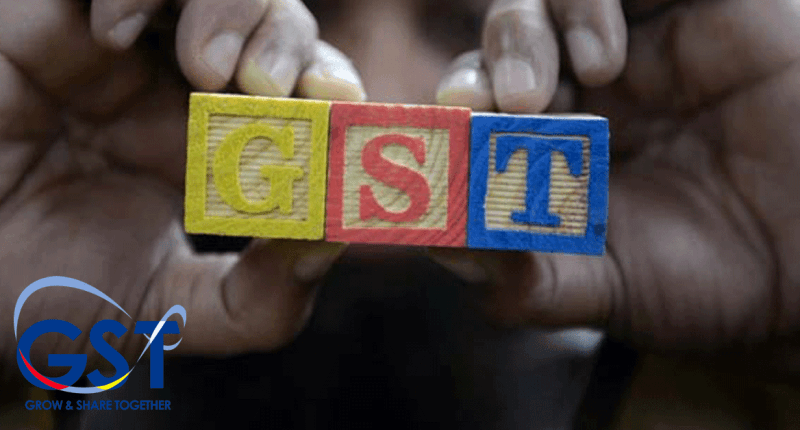Recently, the CBIC has provided relaxation to taxpayers who earlier deposited taxes under the wrong tax component and wish to claim a refund. The CGST notification number 35/2021 was issued on 24th September 2021, and followed by that, CGST Circular number 162/2021 was published on 25th September 2021.
The government has inserted sub-rule (1A) to Rule 89 of the CGST Rules, providing an additional time limit for the above refund claims. Any taxpayer who paid tax considering it an intrastate supply but later realised it to be interstate or vice versa can apply for a refund under Section 77 of the CGST Act.
The amended rule allows a taxpayer to apply in form GST RFD-01 within two years from the date of making payment under the correct tax component. Further, the proviso adds that if such payment was made before 24th September 2021 (date of applicability of sub-rule (1A)), two years time limit will be counted after 24th September 2021.
The CBIC issued clarification regarding various matters on Section 77 of the CGST Act (corresponding Section 19 of the IGST Act). First in the list clarifies the phrase ‘subsequently held’ used in the provision. It states that the refund of tax wrongfully deposited is available not only where the tax authorities or judicial courts have declared by way of adjudication or assessments that an intrastate is instead an interstate supply or vice versa. The refund benefit is also available if the same is discovered or realised subsequently by the taxpayers themselves.
The only condition that the taxpayers must satisfy is that they should have deposited tax under the correct tax head later on upon realisation.
The second clarification states that if the taxpayer used a credit note to correct the previously issued invoice, the refund under Section 77 of the CGST Act would not be available.
The next clarification that the CBIC gives is on the relevant date that fixes the time limit for the refund application. Several illustrations have been presented for a better understanding of the taxpayers. Suppose a taxpayer XYZ Co. issued an invoice charging Rs.1,000 each for CGST and SGST on 23rd March 2019 and deposited taxes in March 2019 tax period. However, XYZ Co. later found that it was an interstate transaction and had to charge IGST. The time limit for refund application depends on when the taxpayer realises the wrongful deposit and corrects the same.
In the first scenario, the company self-realised and deposited an IGST of Rs.2,000 on 14th May 2021 for the same transaction. Suppose XYZ Co. has not applied for a refund of the CGST and SGST wrongly deposited so far. In that case, the company has time until 23rd September 2023 (two years from 24th September 2021).
In another scenario, the company realises and paid IGST on 10th November 2021, after issuing the CGST Notification number 35/2021. In this case, the time limit is two years from 10th November 2021, which works out to be 9th November 2023.
In the third scenario, the GST officer points out the deposit under the wrong tax head before the 35/2021 CGST Notification date. The company duly paid tax under the correct tax head on 30th November 2020. In this case, the time to apply for a refund will be available till 23rd September 2023, similar to the first case.
On the other hand, take the last scenario. Suppose the GST officer discovers the wrongful deposit. The company deposited the tax under the correct tax head on 10th November 2022. Then, the time limit for claiming a refund of earlier paid taxes shall be 9th November 2024.
Hence, the wrongful deposit of tax, whether discovered by the taxpayer or held by the tax authorities or appellate authorities, will not impact the timeline for refund. Instead, the date of payment made subsequently under the correct head by the taxpayer matters. If it falls before the CGST Notification number 35/2021, two years are counted from 24th September 2021. Else, the two years will be calculated from the date of payment itself.
Further, the GST Circular also mentioned that any refund applications made that are not disposed or pending must be dealt with similarly as per Rule 89(1A).
Join our Telegram channel to keep getting updates on all things finance.
For any clarifications/feedback on the topic, please contact the writer at annapoorna.m@cleartax.in
Annapoorna, popularly known as Anna, is an aspiring Chartered Accountant with a flair for GST. She spends most of her day Singing hymns to the tune of jee-es-tee! Well, not most of her day, just now and then.




